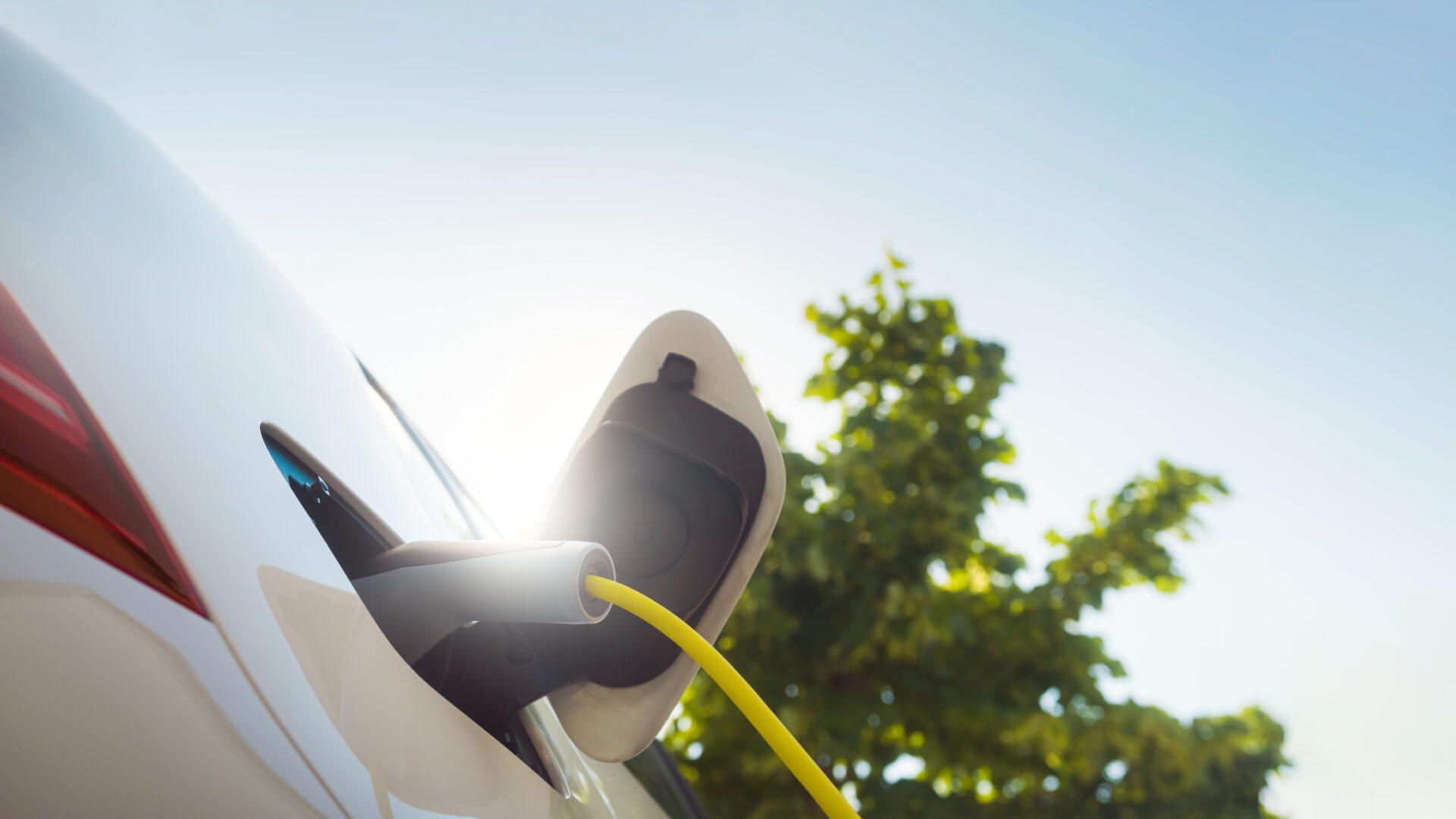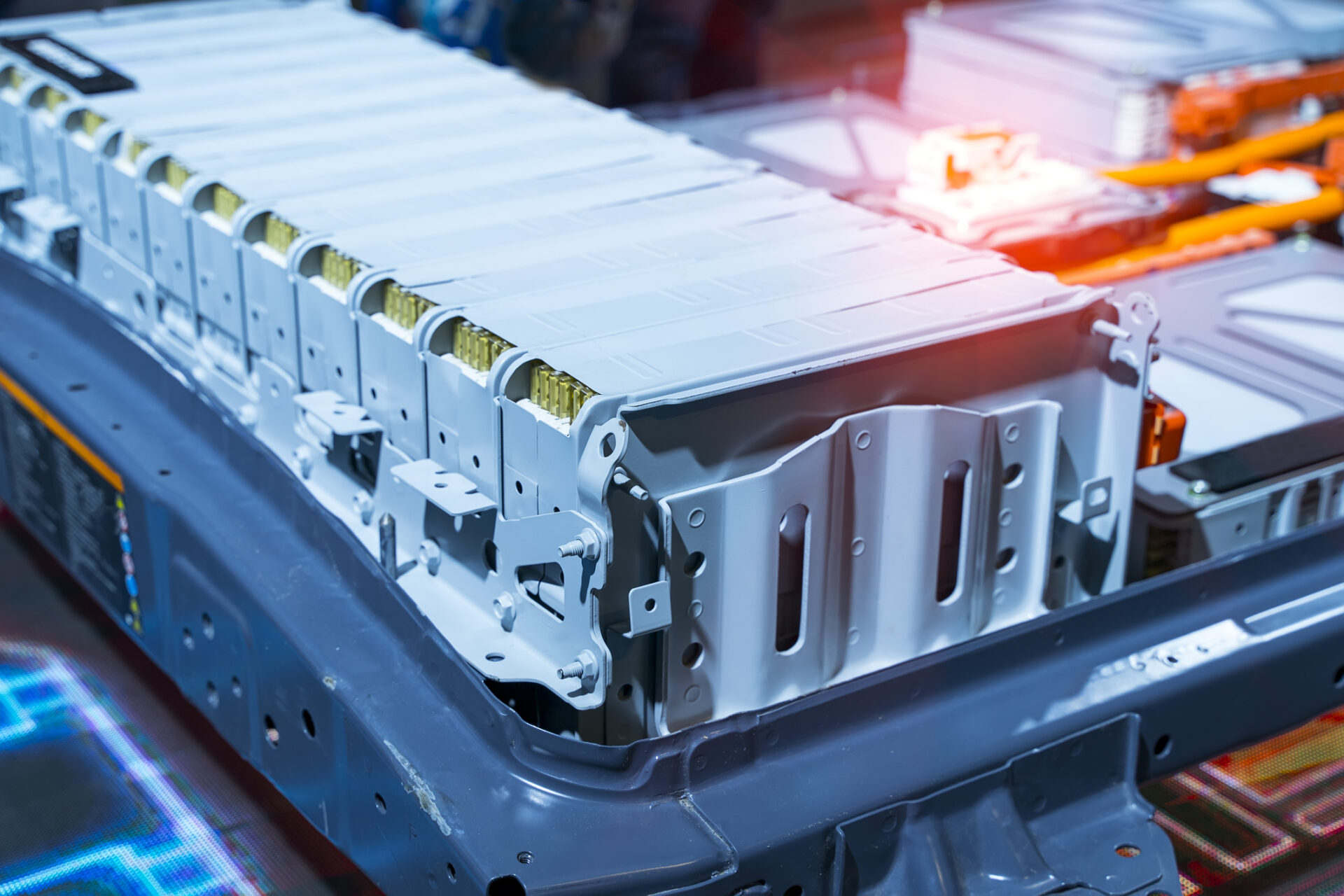Electric Vehicles: flame retardants and UL 2596 test
An interview with Vincenza Morene (Flame Retardants Laboratory Manager) about the UL 2596 test and Italmatch Chemicals' flame retardants for EV batteries
Vincenza Morone
Electric vehicles are growing rapidly worldwide. Nearly 14 million new EVs were registered in 2023, bringing the total number of e-cars on our roads to 40 million. Moreover, the 2023 sales saw an increase of 3.5 million compared to 2022. A 35% increase that shows the positive status of the global EV market (source: IEA – International Energy Agency – Global EV Outlook 2024).
While EVs are expanding, new technologies and measures are essential to ensure the safe use of this mode of transportation. When it comes to EV batteries, flame retardants play a critical role in reducing the risk of fires that can result from thermal runaway accidents. These additives are essential in preventing the spread of flames, thereby protecting users and increasing the vehicle safety.
In this new exclusive interview, we spoke with Vincenza Morone (Italmatch Chemicals Flame Retardants Laboratory Manager) about the importance of flame retardants for EV batteries and the UL 2596 test method.
What is thermal runaway in batteries?
“Manufacturing defects, battery aging, extreme conditions or mechanical damage can generate unwanted heat in lithium battery. If the excessive heat cannot be dissipated fast enough, exothermic reactions lead to an uncontrolled temperature increase called a thermal runaway. Thermal runaway can lead to fire or even explosion in an incredibly short time.”
How does UL 2596, Test Method for Thermal and Mechanical Performance of Battery Enclosure Materials work?
“UL 2596 test method apply to a battery pack prototype and replicates the dynamic stresses found in a thermal runaway event, focusing on the evaluation of high temperature, mechanical abrasion and pressure.”


What does the Torch and Grit test method evaluate?
“Torch and Grit is carried out on a plaque specimen subjected to a sequence of 10 seconds at 1200°C flame followed by 5 seconds of flame and grit blast to evaluate the number of cycle until sample breaches. A small-scale test as UL “Torch and Grit” help to test material plaques versus the entire battery assembly or prototype, reducing cost and development time. It allows to screen many formulas during research and development, and it is very efficient in comparing performance of different materials.”
How Italmatch’s Flame Retardants could help to meet the UL2596 Test?
“Italmatch flame retardants properly formulates show an high shielding effect when tested according an internal “Torch” test method in which a plaque specimen is subjected to a flame at about 1000°C for 20 minutes. This is due to the reactivity and high phosphorus content of Phoslite® and specific synergic used that under flame develop a unique very compact and hard char layer.”
What trade names does Italmatch Chemicals have for its different families of halogen-free products? And where are they applied other than EV batteries?
“Italmatch Flame Retardant range is divided in Masteret®, Phoslite® and Melagard® and they are used in Electric and Electronic, Buildings, Cables and special composites in a broad range of Halogen Free Flame Retardant applications, but also as an Antimony Trioxide replacement in some polymers like ABS, HIPS and PBT.”
If you are interested in learning more about Italmatch’s flame retardants or require a detailed consultation tailored to your specific requirements, our experts are available to assist you. Simply fill out the form below, and our team will be in touch to discuss how we can address your fire safety challenges effectively.

